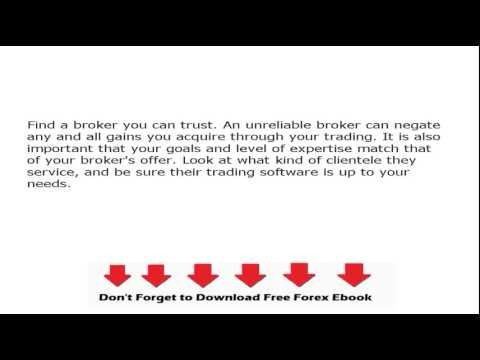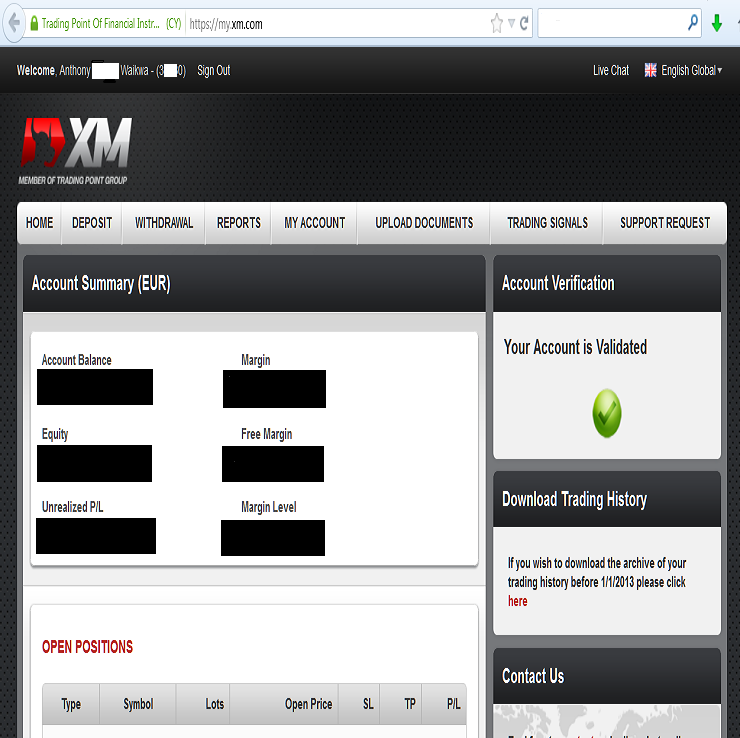Leveraged ETFs not just for day traders anymore
Post on: 13 Август, 2015 No Comment

NEW YORK (Reuters) — Leveraged exchange-traded funds, originally viewed as tools for fast-moving day traders, are showing up more frequently as buy-and-hold investments in Mom and Pop portfolios, thanks to the advisers who are putting them there.
These funds, which exist across several asset classes, magnify the moves of their underlying indexes by delivering twice or three times their return. Some had a particularly good showing in 2013, when the Standard & Poor’s 500 index rose almost 30 percent. The Direxion Daily S&P 500 Bull 3x Shares ETF, for example, gained 118.9 percent in 2013, more than triple the S&P 500’s gains.
Advisers like New York-based Matt Blank have taken note. Many of his clients have been holding the ProShares UltraShort 20+ Year Treasury ETF for a while, some more than six months. He has used that ETF, which aims to deliver twice the reverse of the Barclays Capital 20+ Year U.S. Treasury Index, for what he calls an insurance policy in case the fixed-income portion of his clients’ portfolios sinks. That fund is up about 5.3 percent from a year ago, but it hit a year-to-date low last Monday, after tumbling 7.7 percent from two weeks prior. The fund is now down 9.5 percent year-to-date.
The number of registered investment advisers using leveraged and inverse ETFs — instruments that seek to deliver the opposite return of an index — has increased roughly 15 to 20 percent over the last year, according to Michael Eschmann, who heads product development at Direxion Shares, a Newton, Massachusetts-based ETF issuer with some 51 of the funds. Typically, advisers like this work with clients who do not day trade, and who would hold the ETFs in their clients’ portfolios for far longer than the minutes or hours the Wall Street trader typically holds a position.
Eschmann said starting in late summer of last year he began getting calls pretty frequently from investors inquiring about longer holding periods.
That raises some concerns among those who fear that unwary investors could get slammed if they are sitting in a leveraged ETF at the wrong time.
I think the warning about ‘be careful when you’re playing with matches’ is appropriate here, said Joel Dickson, a senior investment strategist at Vanguard. There’s still a huge misunderstanding and gap in knowledge among many investors.
Leveraged ETFs do magnify their index movements on a daily basis, but not necessarily over the long term, which can really foul up investors who buy at the wrong time or fail to sell. That is because these funds magnify losses as well as gains, and over time, that can push investors into a hole that is hard to climb out of.
A fund that goes up 30 percent one day and down 30 percent the next day ends up almost 10 percent below its starting price, for example. If it starts by going down 30 percent on the first day, it would have to go up roughly 42 percent to get back to its starting price. That compounding effect often results in the failure of leveraged ETFs to track their indexes over longer time periods.
Consider this example: The VelocityShares 3x Long Natural Gas ETN tracks three times the daily returns of the S&P GSCI Natural Gas Index Excess Return Index, an index that was very volatile in late January. That volatility produced sharp swings in the ETF.
The fund shot up 32.2 percent on Wednesday, January 29, then fell back down 27.9 percent the next day. The next week, the fund rose 21.7 percent on Tuesday, February 4, and then fell back 11 percent the next day.
But the peculiarities of compounding meant the tracking did not hold over the long term. Between January 27 and February 7, the fund lost 7.7 percent while the underlying index showed a gain of 2.1 percent.
To be sure, holding on to the wrong ETF for the long term could really hurt. In 2013, the Credit Suisse VelocityShares Daily 2x VIX Short-Term ETN dropped roughly 92 percent in what was a low-volatility year. The fund seeks to deliver twice the daily return of the S&P 500 VIX Short-Term Futures Index, a measure of volatility.
HOLDING FOR LONGER
As far back as 2009, regulators were warning individual investors about holding leveraged ETFs. Wall Street’s self-regulator, the Financial Industry Regulatory Authority, put out an investor alert about use of leveraged ETFs by buy-and-hold investors.
But in less-volatile periods like 2013, the funds can turn in outsized returns and that has attracted more RIAs, Eschmann said.

Much more frequently people are calling up and saying, ‘hey, I thought I couldn’t hold these things, but now it’s up 50, 60 percent year-to-date,’ he said.
Bethesda, Maryland-based ProShares, which has roughly $27 billion in assets of the $33 billion leveraged and inverse ETF market, said more than 70 percent of its ETFs outperformed their stated daily objective over the entire 2013 calendar year.
If you filter out the noise day to day. and catch it right, it’s very easy to sit through a day or two when the market moves against you, Blank said.
He said he sees his fellow advisers approaching these ETFs more strategically than in the past. There has to be some sort of methodology, otherwise they really can be very hazardous to portfolios.
EDUCATING INVESTORS
Many of the largest brokerages, such as Merrill Lynch and Morgan Stanley Wealth Management, still do not allow their advisers to trade leveraged or inverse ETFs on their platforms because of concerns that individual investors do not fully understand the risks.
The way the multiplier affects long-term returns is still the biggest part the retail investor doesn’t understand, said Overland Park, Kansas-based independent adviser Brad Stratton. He had clients who lost money holding leveraged ETFs for as long as six months during the volatile and bearish 2007-2008 period, and now he is reluctant to follow the long-term strategy.
Stratton, who uses the ProShares Ultra S&P 500 and its inverse ProShares UltraShort S&P 500 ETFs, said he now prefers to keep his clients in the funds for no more than a week to 10 days.
That may be a while in the eyes of a Wall Street trader, but it is hardly the buy-and-hold strategy of a longer-term investor.














